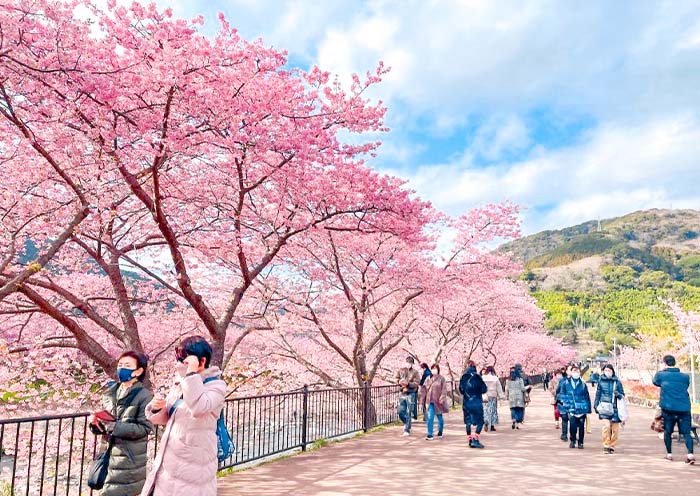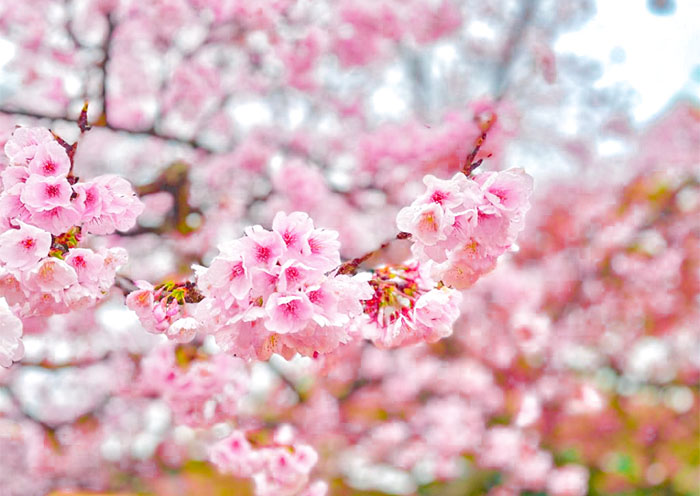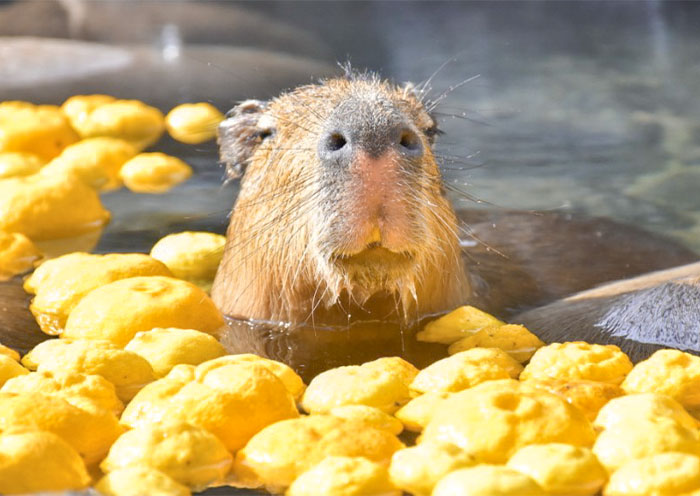6 Days Japan Early Cherry Blossom Tour: Kawazu Zakura & Diverse Nature Wonders
From
USD request![]()
- This is the price per person, based on a group of 6 people, 4-star hotel accommodation, and travel during the regular season.
- Early-bird rates apply to bookings made at least 6 months prior to the departure date.
- The price is subject to change depending on your travel season, group size, hotel class, and potential fluctuations in currency exchange rates.
- Highlights
- Itinerary
- Price
- Trip Notes
- Accommodation
- Photos
- Reviews
From Tokyo to Izu Peninsula: Sakura, Mt. Fuji, Volcanoes, Coastal Beauty
Can’t wait for cherry blossoms? You don’t have to wait until mid-March or April! Just a few hours from Tokyo, Kawazu-zakura blooms as early as February, turning riversides into dreamy pink tunnels, long before the usual sakura season.
Our 6-day Japan Early Cherry Blossom Tour takes you for a stroll under early-blooming cherry blossoms along the Kawazu and Aono Rivers. But it's not just about the blossoms. This incredible journey also dives deep into Japan's diverse natural wonders and unique experiences:
Starting from Tokyo, you'll witness the magnificent landscapes of the iconic Mount Fuji and tranquil lakes, then discover Hakone's unique volcanic terrain and healing hot springs. Head south to the Izu Peninsula, and you'll encounter the matcha pudding-like Mount Omuro, dramatic and stunning coastal cliffs, and the Izu Shaboten Zoo, where you can interact closely with adorable capybaras.
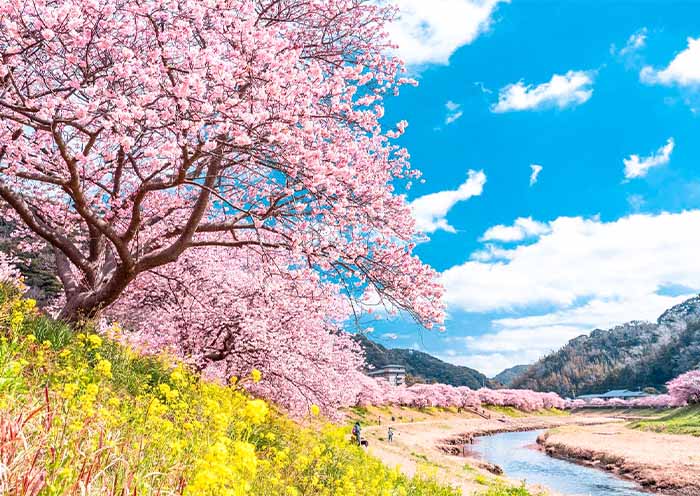
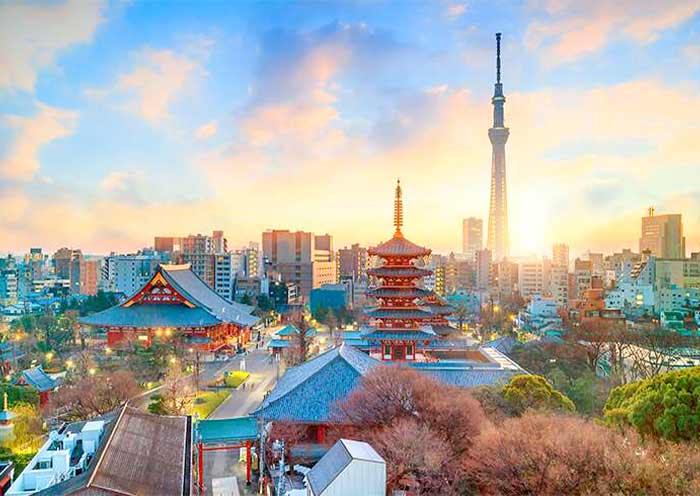
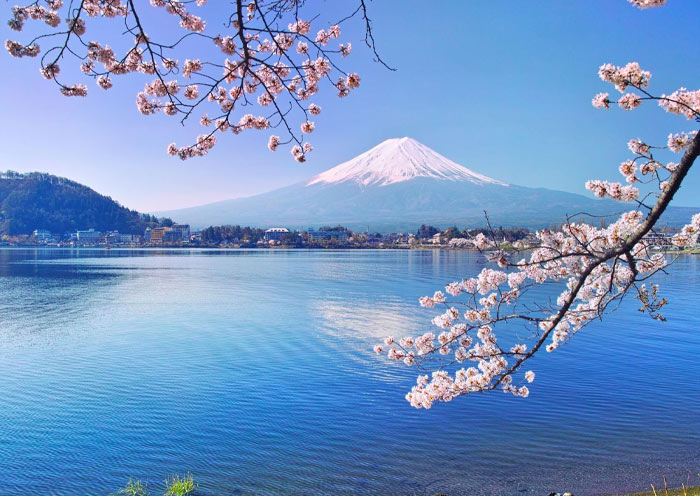
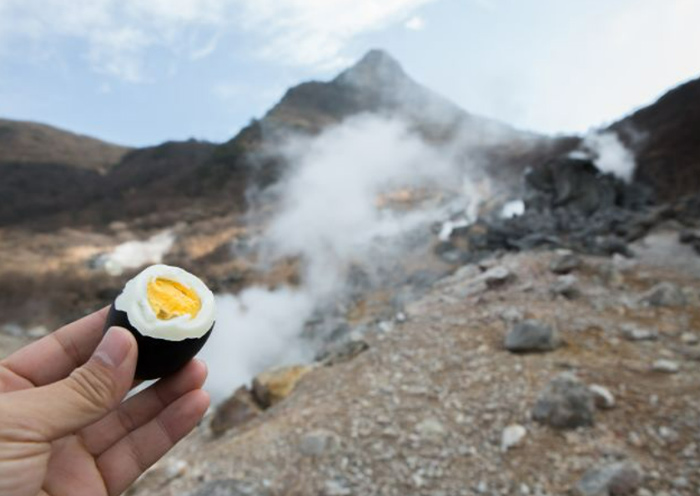
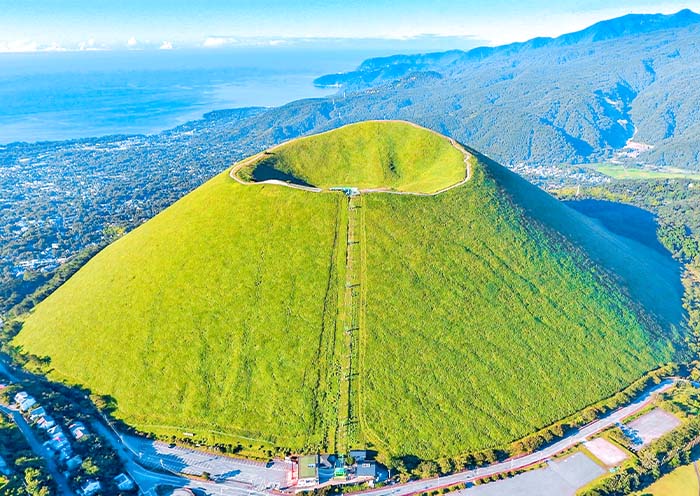
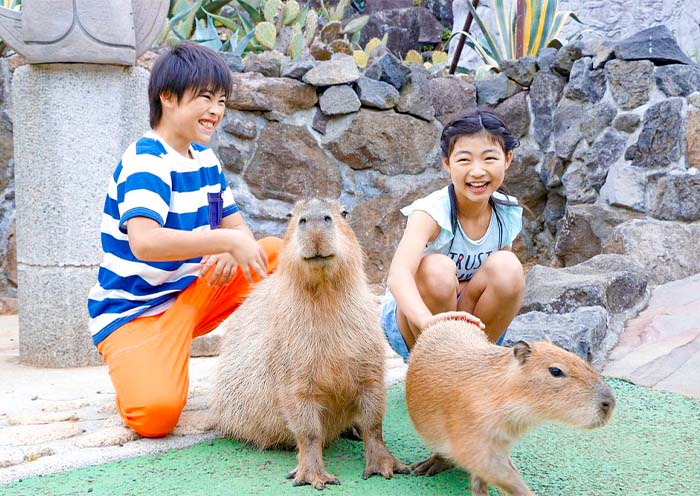
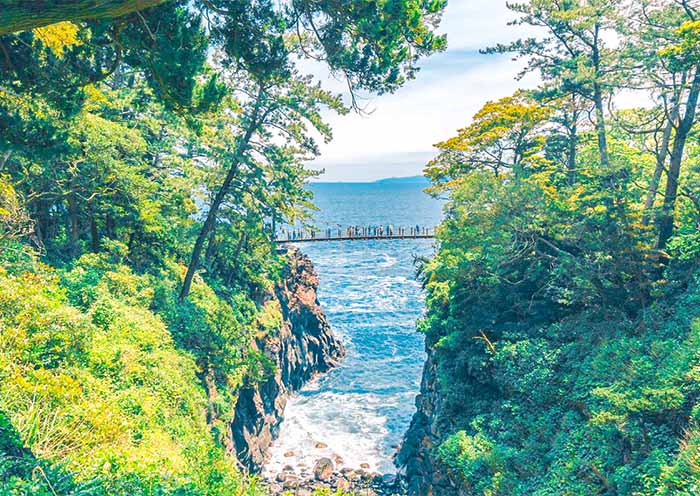
Itinerary at a Glance
Tokyo (2 Days)
Airport Transfer Service, Meiji Jingu Shrine, Shinjuku Gyoen, Tsukiji Fish Market, Senso-ji Temple
Mt. Fuji (0.5 Day)
Arakurayama Sengen Park, Lake Kawaguchi (with Cruise)
Hakone ( 0.5 Day)
Owakudani
The Izu Peninsula: Ito City & Kawazu (2 Days)
Mount Omuro, Izu Shaboten Zoo, Jogasaki Coast, Kawazu River (Sakura), Mine Onsen Daifun-to Park, Aono River (Sakura)
Tokyo (1 Day)
Airport Transfer Service
Itinerary Day by Day
Konnichiwa(こんにちは)!Welcome to Tokyo, the capital city of Japan! Upon your arrival at the airport in Tokyo, your driver (not English-speaking) will meet you at the exit and then escort you to the hotel. You can have a good rest in your hotel and get ready to explore Tokyo with your guide the next day.
Tokyo is the capital of Japan and one of the world’s most exciting cities. It’s where ancient traditions meet modern life — think historic temples, neon-lit skyscrapers, sushi bars, and high-speed trains all in one place. Here, you can experience world-class dining, high-tech shopping, serene gardens, and a unique culture that blends centuries-old customs with cutting-edge trends.
Arrival Ideas:
Japan has two commonly used international airports. Narita International Airport, located 63.5 km from the center of Tokyo, is the primary international air hub for Tokyo, where flights from China to Tokyo usually land. Tokyo International Airport (Haneda Airport) is situated 17 km from the center of Tokyo and mainly serves domestic flights within Japan and some international flights, including flights to South Korea and other East Asian regions.
Cities that have Direct Flights to Tokyo include, but are not limited to: Beijing, Shanghai, Guangzhou, Shenzhen, Hangzhou, Xi'an, Chengdu, Chongqing, Hong Kong, Taipei, Kaohsiung, Seoul, Singapore, Bangkok, Kuala Lumpur, Jakarta, Bali, Manila, Ho Chi Minh City, Hanoi, and more. Please note that flight information is subject to changes based on time and market demand. Contact us to obtain the latest flight information and prices.
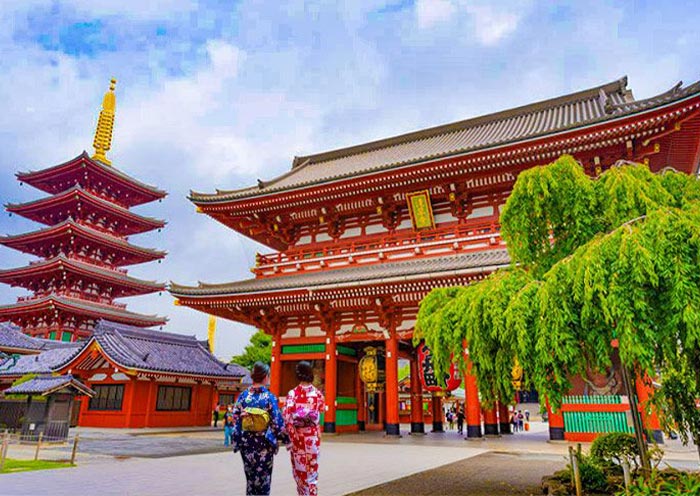
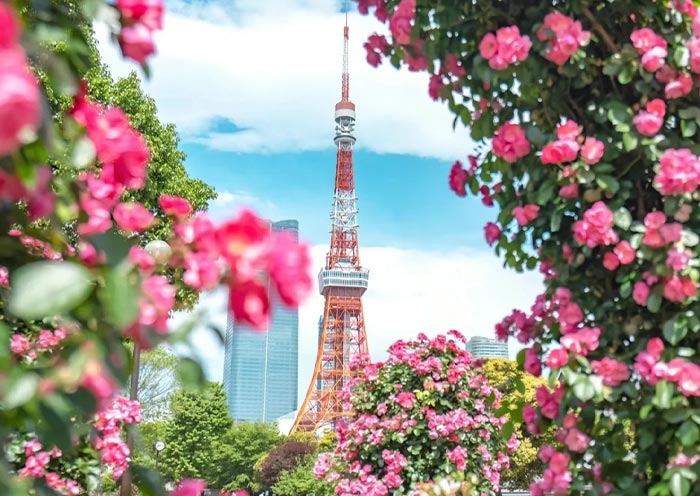
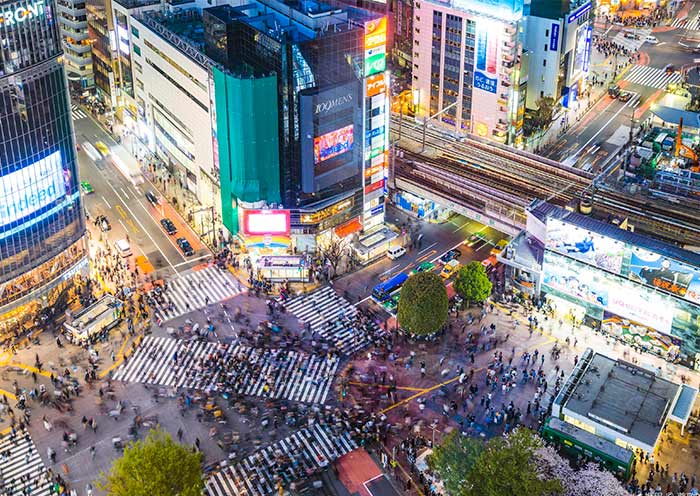
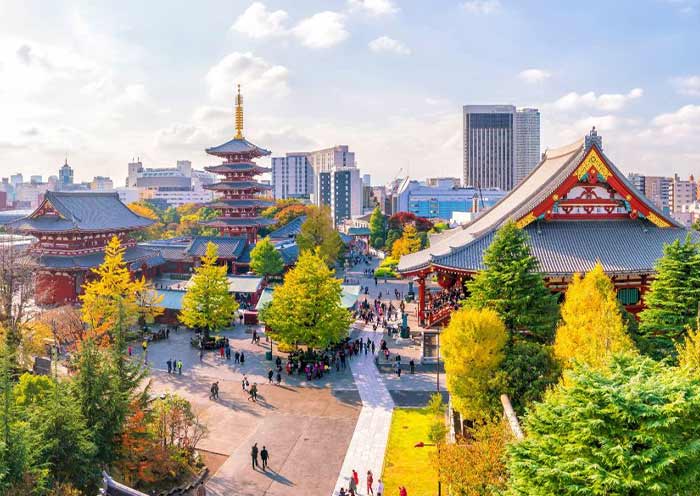
First to visit Meiji Jingu Shrine (Meiji Shrine), a Shinto Shrine dedicated to Emperor Meiji (1852-1912) and Empress Shoken (1849-1914), who played a crucial role in modernizing Japan while excelled in writing Waka (traditional Japanese poems of 31 syllables in the pattern 5-7-5-7-7). Meiji Shrine is a popular venue for traditional weddings, where you will have the opportunity to witness a Japanese Wedding Procession, experiencing the charm of Japanese traditional culture.
Founded in 1915 and finished in 1920, Meiji Shrine features a unique architectural style, with the main hall adopting traditional Japanese Shinto Shrine architecture infused with modern elements in its details. You will walk through Japan's Largest Wooden Torii Gate, standing in its natural wooden hue and weighing up to 13 tons. The Torii gate serves as the Symbol of Shinto Shrines, marking the transition from the worldly to the sacred. Walking through this gateway symbolizes stepping into the divine realm, evoking a profound sense of mystery and reverence.
As a peaceful oasis in the city, Meiji Jingu Shrine is the largest green space in the center of Tokyo. In the land-scarce city of Tokyo, the vast area occupied by the Meiji Shrine is truly astonishing! The sacred forest (170,000 trees) surrounding the main shrine buildings of Meiji Jingu is man-made, planted by 110,000 volunteers in honor of their beloved Emperor Meiji (established Shinto as the state religion) and Empress Shoken. The forest serves also to separate the sacred from the profane world.
Take a stroll along the paths and enjoy the fresh air and natural beauty. Then, you will notice the impressive Sake Barrel Wall along the South Approach, which features offerings from sake breweries and believers across Japan, including barrels of sake and Western liquor, reflecting Emperor Meiji's fondness for Western culture. At the main hall of Meiji Shrine, you can witness locals washing their hands and rinsing their mouths at Purification Font before worship as a sign of respect. You can offer a 5-yen coin (symbolizing a connection) like locals and pray for blessings. In the eyes of the Japanese, Meiji Shrine is considered to have such boundless capabilities, from naming ceremonies for newborns, to coming-of-age ceremonies, graduation ceremonies, seek marriage partners, pray for world peace, family well-being, safe travels, good health, warding off calamity, etc. In addition to immersing yourself in Japanese Shinto traditions and architecture, revel in the enchanting surroundings filled with lush trees, serene ponds, graceful bridges, and stone pathways that epitomize the essence of traditional Japanese garden art. You should visit here to enjoy the vibrant bloom of cherry blossoms in spring, the verdant beauty of summer, the fiery hues of autumn leaves, and the serene snowy landscapes of winter.
Tips for Visiting Meiji Jingu Shrine:
Wear modest clothing: Respect the sacred nature of the shrine by dressing appropriately.
Be mindful of noise levels: Maintain a quiet and respectful atmosphere.
Inner Garden (Optional; self-pay; once Imperial Property), and Meiji Jingu Museum (Optional; self-pay; items used by the imperial couple).
Continue to Shinjuku Gyoen National Garden, a beautifully landscaped park that blends Japanese, English, and French garden styles - especially famous for its cherry blossoms in spring. There are about 65 varieties here. You'll not only find Kawazu-zakura, but also other early-blooming varieties such as Atami-zakura and Satsuma-kan-zakura.
After that, you can explore Tsukiji Fish Market (Now Toyosu Market). Tsukiji Fish Market was once the world's largest fish market, famous for its tuna auctions. However, in 2018, it relocated to a new, larger facility called Toyosu Market. You can still enjoy fresh seafood (sashimi, sushi, or seafood rice bowls), purchase kitchenware, and learn about a variety of seafood, including the characteristics, cooking methods, and nutritional value of different types of seafood.
In the afternoon, head to Senso-ji Temple (Asakusa Kannon Temple), a must-visit for anyone traveling to Tokyo. Here, you can experience the heart of old Tokyo and its vibrant atmosphere. You can take photos that frame Senso-ji Temple and the Tokyo Skytree;(Japan's Tallest Tower; 634 meters) together.
Senso-ji Temple was built in 628 AD and has a history of over 1300 years, making it one of Japan's oldest temples. It not only witnesses Japan's historical changes but also carries a rich Buddhist culture. The architectural style of Senso-ji Temple blends Japanese traditional culture and art, with rich colors and exquisite carvings. The main buildings include the main gate (Kaminarimon; a landmark of Tokyo), the bell tower, the Five-story Pagoda (a landmark of Tokyo), and the main hall, all reflecting ancient Japanese architectural style and religious beliefs.
Kaminarimon is the iconic structure of Senso-ji Temple, towering at 11.7 meters high and 21.7 meters wide, truly spectacular. Giant Red Lanterns hang in front of the gate, with the words "Kaminarimon" prominently displayed. Kaminarimon is not only a symbol of Senso-ji Temple but also one of Tokyo's most famous landmarks. You may have seen the work of Utagawa Hiroshige, one of the "Three Greats of Ukiyo-e," in his piece "One Hundred Famous Views of Edo: Asakusa Kaminarimon," depicting a snowy scene of the Kaminarimon gate, celebrated for its delicate portrayal and profound imagery, becoming a masterpiece of Ukiyo-e art. The area is bustling, and crowded with people coming to pray and seek blessings for health, peace, and happiness. Around Senso-ji Temple, you can taste various Japanese cuisines, purchase unique souvenirs, and participate in various celebratory activities.
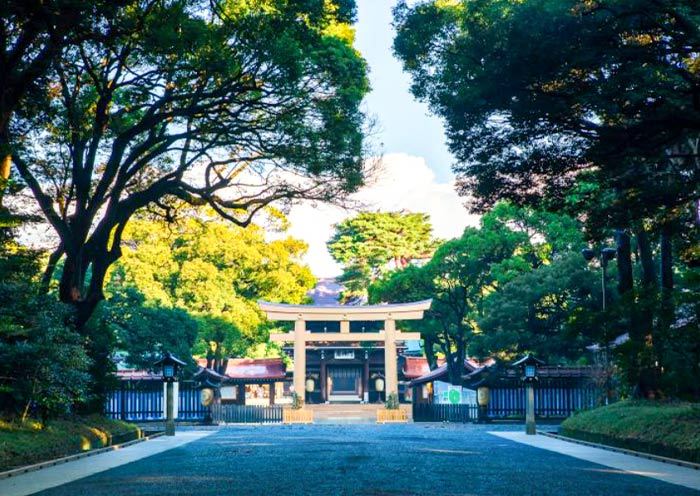
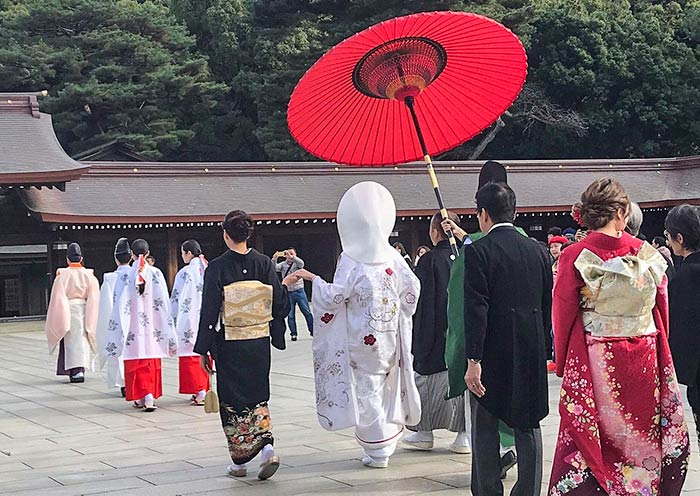
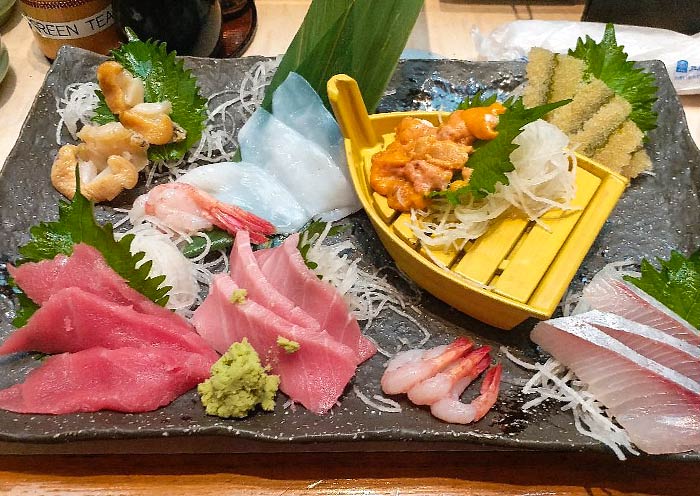
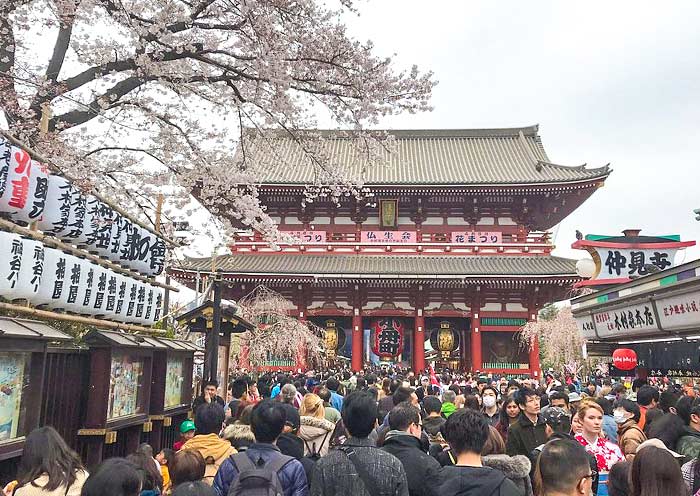
Today, you will admire the breathtaking views of Mount Fuji from Arakurayama Sengen Park and Lake Kawaguchi. Then drive to Hakone to explore the volcanic valley of Owakudani.
Mount Fuji is the tallest mountain in Japan. It's a famous volcano with a perfectly symmetrical cone shape. Visiting Mount Fuji is essential for any traveler in Japan. As a UNESCO World Heritage Site, Mount Fuji (3,776m) stands as an iconic symbol of Japan, a cultural and spiritual landmark (recognized as a holy mountain in Shintoism), and a natural marvel. When picturing Mount Fuji, its distinctive perfect cone shape and snow-capped peak likely come to mind. Among the most renowned depictions is Katsushika Hokusai's 'Thirty-Six Views of Mount Fuji'. Hokusai, one of the "Three Greats of Ukiyo-e", is best known for his masterpiece "The Great Wave off Kanagawa" which can be seen on the 1,000 Japanese yen bill.
Begin your journey at the renowned Arakurayama Sengen Park, where you can admire the magnificent view of a five-story pagoda set against a backdrop of majestic mountains. Hike about 15-20 minutes up to Arakurayama Sengen Shrine, dedicated to the mountain god. The shrine is surrounded by beautiful gardens and offers a peaceful atmosphere. Enjoy the gorgeous scenery and capture iconic photos at the famous Red Fuji Observation Deck.
Next, head to Lake Kawaguchi, another excellent location to leisurely view Mount Fuji. The lake boasts crystal-clear waters, providing breathtaking views of the iconic mountain and a serene atmosphere. Enjoy a cruise on the tranquil waters to marvel at the stunning reflection of Mt. Fuji in Lake Kawaguchi. Additionally, take a leisurely stroll around the lake and explore the nearby parks, galleries, and museums based on your interests.
Then, drive to Hakone (about 1-1.5 hours) to visit the volcanic valley of Owakudani, known for its active sulfur vents. You can take the cable car (ropeway) from Owakudani Station to Togendai Station (near Hakone Pirate Ship Togendai Port). The cable car ascends through a beautiful valley, offering stunning views of Lake Ashi, lush forests, and volcanic landscapes. Owakudani is a unique and fascinating destination in Hakone, you can experience the raw power of nature as you witness active volcanic activity, steaming vents, and sulfurous hot springs. The area is a result of a volcanic eruption thousands of years ago. Optional: Don't forget to try the famous "kuro-tamago" (black eggs), boiled in the volcanic hot springs, which are said to add seven years to your life.
After the tour, stay overnight in Hakone.
Hakone Onsen (Hot Spring): Hakone is one of the oldest and most famous hot spring areas in Japan. There are many hot spring hotels and ryokans in Hakone, ranging from luxurious resorts to traditional Japanese inns. If you need to soak in the hot springs or book hot spring hotels, please contact your travel consultant in advance.
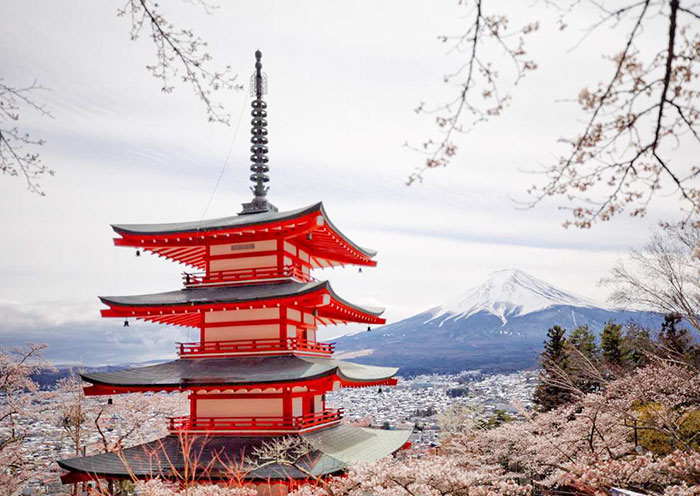
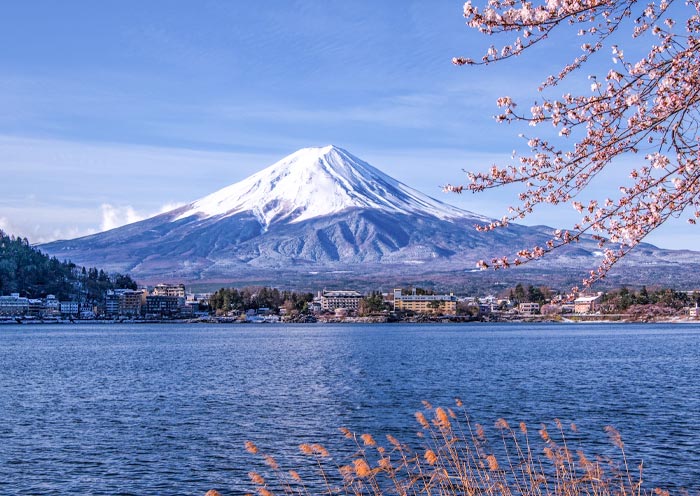
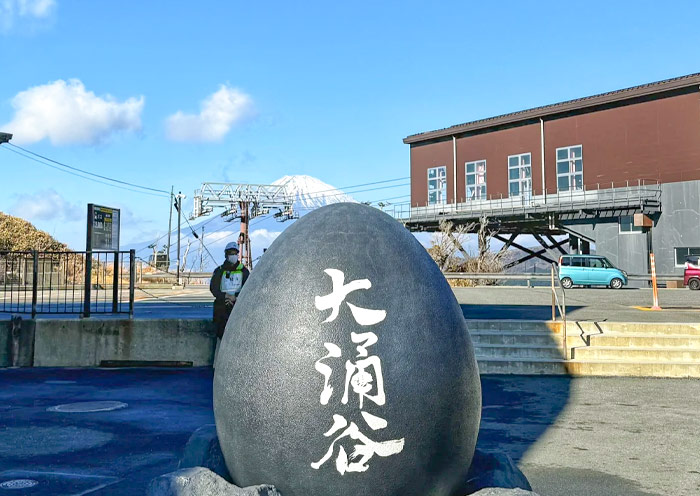

Begin your day with a scenic drive from Hakone to the Izu Peninsula, which takes approximately 2 hours. Enjoy the changing scenery as you head towards the coast.
Your first stop is Mount Omuro, a perfectly cone-shaped dormant volcano covered in grass. Looks like a giant inverted rice bowl or matcha dome from afar. Take the chairlift up to the summit and enjoy a leisurely stroll around the crater rim. From this vantage point, you'll be treated to stunning 360-degree panoramic views of the surrounding Izu landscape, the sparkling Pacific Ocean, and if the weather is clear, even a glimpse of Mount Fuji in the distance.
Just a short distance from Mount Omuro, immerse yourself in the delightful Izu Shaboten Zoo. This unique park is famous for adorable capybaras that love to soak in open-air hot springs, especially during colder months. You'll see them relaxing, socializing, and sometimes even dozing off under citrus-scented hot water! It's home to over 100 species of animals and more than 1,500 types of cacti and succulents - a delight for animal lovers and families alike.
Next, head to the dramatic Jogasaki Coast. This rugged coastline, formed by ancient volcanic eruptions, features towering cliffs and intricate rock formations. The highlight is the thrilling Kadowaki Suspension Bridge, a 48-meter-long bridge suspended 23 meters above the crashing waves. Walking across it offers exhilarating views of the Pacific Ocean and the rugged shoreline. Take your time to explore the walking trails along the coast, soaking in the raw beauty of nature.
After the tour, drive to Kawazu for accommodation (about 1 hour’s driving).
Free Time Ideas:
After dinner, you can take a walk along the Kawazu River at your own pace. During the Kawazu-zakura Festival (usually held from early February to early March), parts of the riverside area are beautifully illuminated at night, offering a magical sakura viewing experience that feels completely different from the daytime.

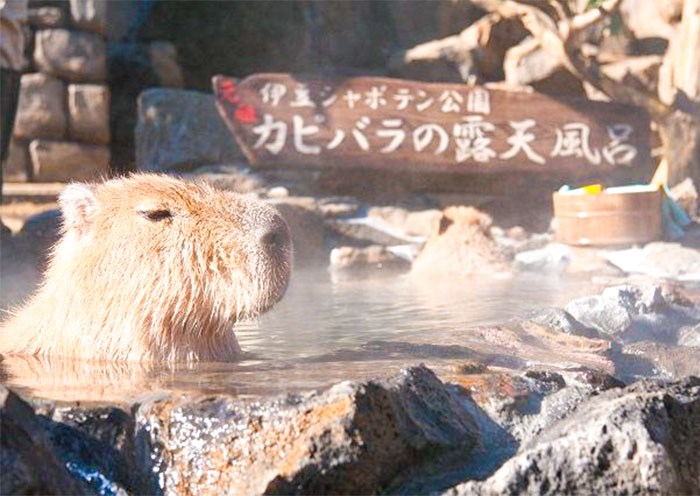
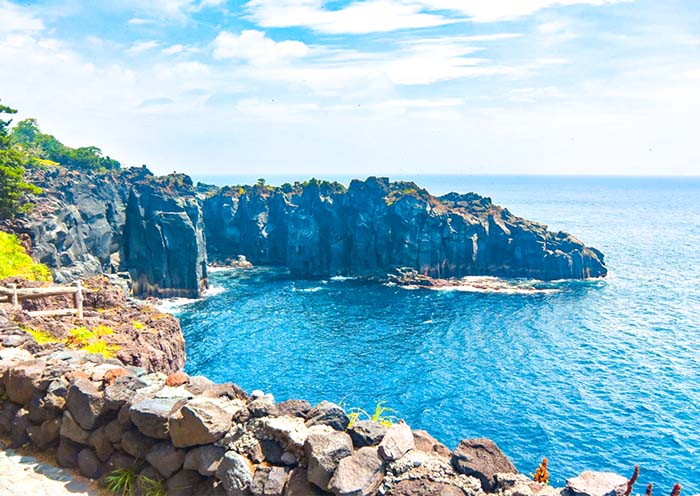
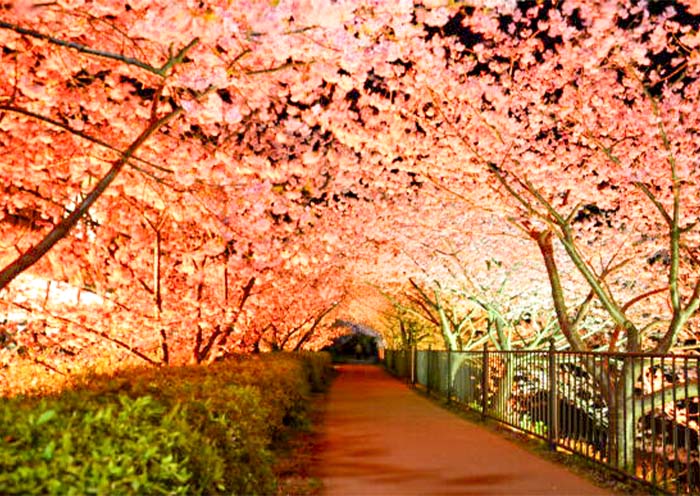
You're about to immerse yourself in the romantic atmosphere of the Izu Peninsula's famous Kawazu-zakura (Kawazu Cherry Blossoms).
Kawazu-zakura is an early-flowering variety of cherry tree. Unlike the commonly known Somei Yoshino cherry blossoms (which usually bloom from late March to early April), Kawazu-zakura typically blooms about a month earlier, and you can usually enjoy its beauty from early February to early March.
Start your day with a peaceful stroll along the Kawazu River, where hundreds of deep-pink Kawazu-zakura trees bloom early in the season. The cherry blossoms line both sides of the river, creating a vibrant spring tunnel perfect for photos and leisurely walks.
Continue to the nearby Mine Onsen Daifunto Park. Located along the river, this park is home to a spectacular hot spring geyser that erupts every hour, shooting a powerful stream of hot water high into the air. It’s a unique natural sight to enjoy alongside the cherry blossoms.
Drive or take a short trip to the nearby town of Minamiizu to explore the Aono River. This spot is renowned for its equally beautiful Kawazu-zakura, but with a unique twist: the blossoms are often paired with vast fields of bright yellow nanohana (rapeseed flowers). The combination of pink and yellow creates a stunningly vibrant landscape that is a highlight of the Izu cherry blossom season.
After a day filled with the beautiful sights and scents of the cherry blossoms, drive back to Tokyo (about 4 hours driving).
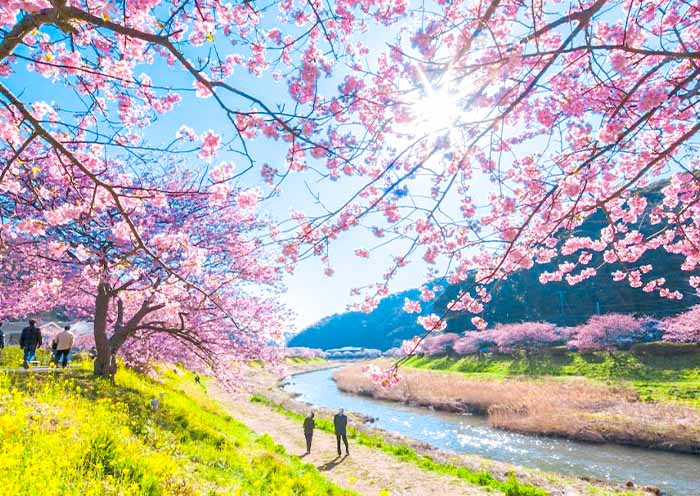
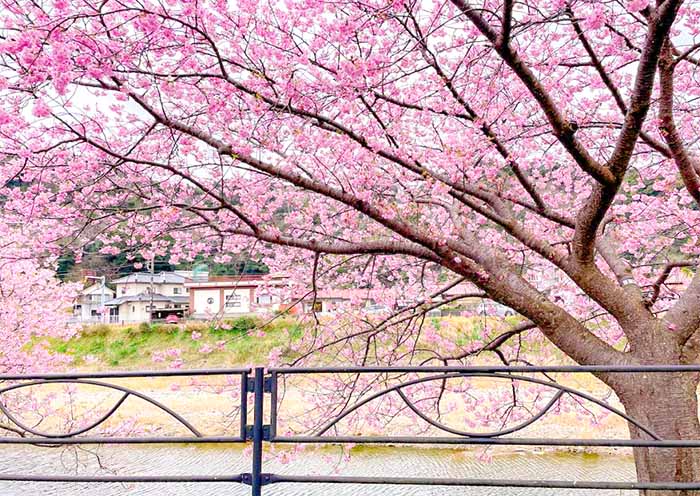
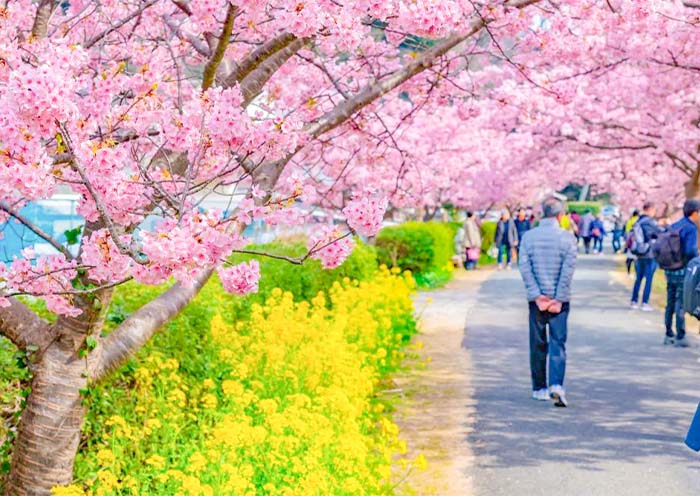
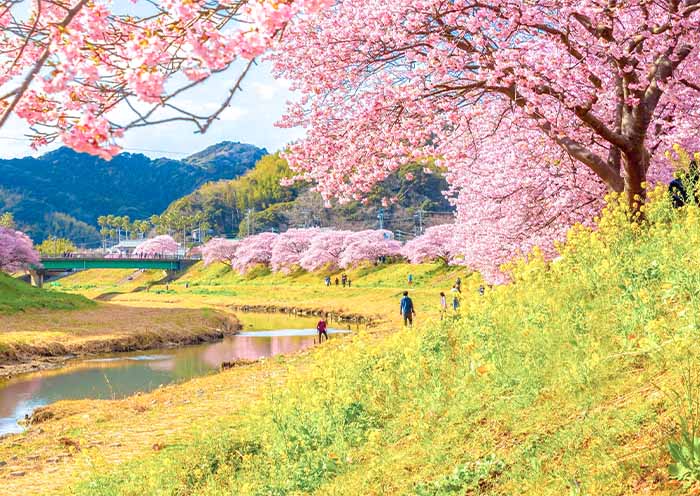
It is time to end your unforgettable 6-Day Japan Early Cherry Blossom Tour. Your driver will pick you up from your hotel and transfer you to the airport for your departure flight.
Trip Extension: If you'd like to extend your trip in Japan, consider exploring other notable regions like Nikko, Kamakura, Kyoto, Osaka, Nara, Central Japan, or Hokkaido and Okinawa, etc. Feel free to contact us to customize your extended itinerary.
Thank you for choosing Asia Odyssey Travel for your tour of Asia. We are dedicated to enhancing your travel experiences and look forward to welcoming you on your next adventure in Asia. Have a safe journey home!
What’s Included & What’s Excluded
What's Included:
What's Excluded:
Important Travel Tips for Visiting Japan
Get the right visa. Depending on your nationality and the length of your stay, you may need to apply for a visa in advance. You can do this online or at a Japanese embassy or consulate. Many countries are part of Japan’s visa exemption program, allowing their citizens to enter Japan for short stays without a visa for tourism. Always check if your country is on this list before applying for a visa. If you have any questions, feel free to contact our travel experts for more information.
The best time to visit Japan depends on your interests:
Spring (March to May): Ideal
for witnessing the cherry blossoms and enjoying mild weather. Major cities like Tokyo, Kyoto, and Hiroshima
are particularly beautiful as cherry trees bloom spectacularly.
Summer (June to
August): Perfect for experiencing vibrant festivals such as Gion Matsuri in Kyoto,
Tanabata Matsuri across the country, and enjoying the natural beauty of Hokkaido, which is less humid than
the rest of Japan. Note that early summer (June) is the rainy season.
Autumn (September to
November): Offers stunning fall foliage, making it a great time for hiking and temple
visits. The weather is cool and pleasant, ideal for outdoor activities.
Winter (December to
February): The best time for winter sports, especially in regions like Hokkaido and the
Japanese Alps. Onsens (hot springs) are also a popular attraction during the cold months.
Bring Cash. Despite advances in digital payment, many smaller vendors, temples, and rural
areas operate predominantly with cash. It’s wise to keep some yen on hand at all
times.
Universal Travel Adapter. Japan uses 100V with two straight thin
pins.
Passport: Ensure it’s valid for at least six months beyond your date
of travel.
Visa (if required): Make sure you have the right visa for your
travel.
Travel Insurance Information: Always good to have on hand.
Bow when greeting: A slight bow is a common way to say hello, thank you, or
sorry.
Be mindful of your noise level: Japanese culture values quietness,
especially in public transportation and residential areas.
Follow the rules: Whether
it's waiting in line or adhering to signage, following local rules and etiquette is highly
valued.
Etiquette in temples and shrines: Wear modest clothing and follow specific
customs such as washing hands and mouth before entering a shrine or temple. Photography might be restricted
in sacred areas.
Looking for more travel guides for first-time visitors to Japan? Want to gather additional information to plan your trip? Our team of professional travel experts has written over 40 articles about Vietnam. Please check out ourJapan Travel Guide for inspiration and detailed insights.
Hotel Conditions for Your Japan Tour
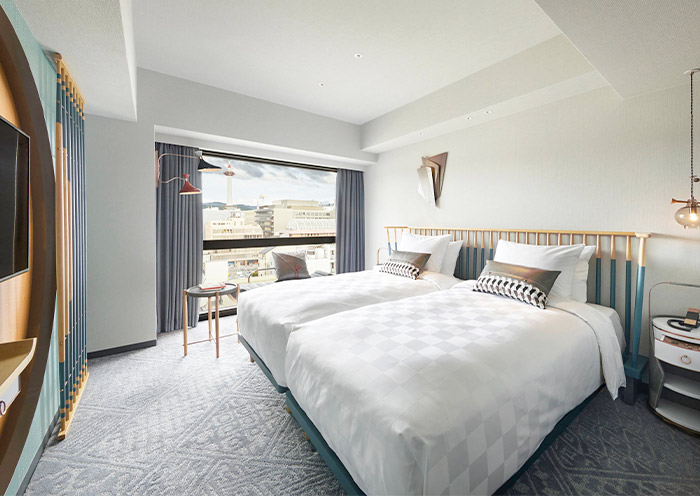


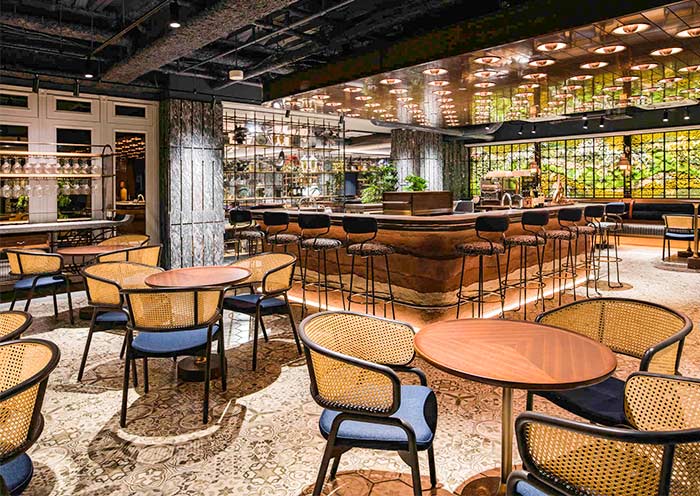
We offer a range of accommodation options to suit various preferences and budgets: luxurious 5-star hotels, comfortable 4-star hotels, and economical 3-star hotels. Our selected hotels are conveniently located close to the city center or popular tourist spots.
For those seeking a more distinctive lodging experience, we also offer Traditional Ryokans, Machiya, Onsen (hot springs) Hotels, etc. If you have specific needs or preferences, please consult with your travel advisor.
Tips: Be aware that hotel room sizes in Japan may be smaller compared to those in other developed countries due to the scarcity of land. If your budget allows, it is recommended to opt for a higher category of hotel, which will generally offer more comfort.
Photo Gallery for This Itinerary
Latest Japan Tours Reviews from Our Customers

Jess
Malaysia
Destination(s): Beijing, Xian, Shanghai, Zhangjiajie
Date of Experience: Sep 04, 2025
Tour Customized by: Yee
You May be Interested in This Tour: 26 Days In-Depth Vietnam China Japan Tour: Ultimate Asia Contrast

Claudia Konrado
Brazil
That’s when a friend recommended Asia Odyssey Travel (AOT), and it was the best decision we made! Not only did they completely customize our entire trip, but they did so at a perfectly reasonable cost. Our travel agent, Abby, was absolutely incredible. She worked tirelessly with us to build out an itinerary, patiently answering all our questions, offering guidance, making changes, and adding new ideas with such care and professionalism. From Disney and Universal for the teens to visits to TeamLab Planets, museums and temples and shopping excursions, ending with a relaxing beach time in Okinawa, Abby worked with us and ensured there was something wonderful for everyone. Even during the trip, she was always available to help and provide support. I truly can’t express how much Abby made a difference in our experience. The entire team at AOT, from the guides to the drivers, was consistently helpful and attentive, ensuring every moment of our journey was smooth and enjoyable. We are so grateful for the wonderful memories created, all thanks to the dedication and expertise of AOT team. We highly recommend them for an exceptional travel experience.
Date of Experience: Jul 01, 2025
Tour Customized by: Abby
You May be Interested in This Tour: Customized Tour

Cheers
Britain
I’m so glad we chose to do this tour! We were looking for a way to escape the summer heat, and Hokkaido was a dream come true. The air was so fresh and the scenery was just incredible—I swear my photos don’t even do it justice.
The highlight for me was definitely the lavender fields in Furano. They were even more beautiful in person than in all the pictures you see online. Our private guide knew the best spots to get a great view without fighting the crowds. Plus, we got to see all the other rainbow flower fields in Biei which were just as amazing.
The trip was super relaxing because we didn't have to worry about a thing. Our driver was so professional, and it was a huge relief to have a private car just for our family. It made getting between all the different towns so easy. We loved exploring the charming canal in Otaru and getting to eat all the fresh seafood in Sapporo. The food in Hokkaido is seriously on another level!
Date of Experience: Jun 10, 2025
Tour Customized by: Cheers
You May be Interested in This Tour: 8 Days Hokkaido Summer Tour: Colorful Family Vacation on Hokkaido Island
Price: From USD request pp
(Based on a private tour for 6 persons staying in 4-star hotels. Prices may vary depending on the itinerary, travel dates, and group size. )
(Book at least 6 months in advance)
